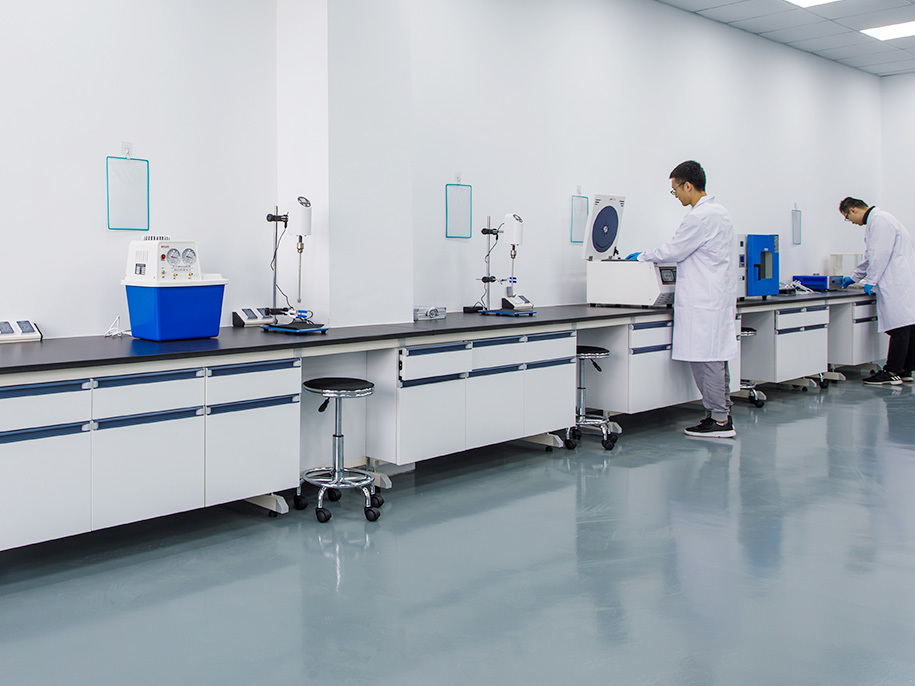Supercritical Fluid Exfoliation Method for Graphene Preparation
The supercritical fluid exfoliation method is an efficient, eco-friendly, and cost-effective technique for graphene production. This method leverages the unique properties of supercritical fluids, such as supercritical carbon dioxide (SC CO2), to control graphene layer thickness through intercalation and rapid depressurization. It holds significant potential for large-scale production.
The basic principle involves utilizing the high dispersibility and strong penetrability of SC CO2 to enter the interlayers of graphite, forming an intercalated structure. When rapidly depressurized, the SC CO2 molecules swiftly leave the graphite layers, causing the graphite to exfoliate into single or multiple layers of graphene. This process is not only efficient but also environmentally friendly due to the non-toxic nature of SC CO2.
Graphite, composed of layered structures held together by Van der Waals forces, can be exfoliated into graphene using the high dispersibility and strong penetrability of supercritical fluids like SC CO2 (critical temperature TC = 31.1°C, critical pressure PC = 7.38 MPa). The rapid expansion of SC CO2 upon depressurization releases significant energy, overcoming the interlayer forces in graphite to produce single-layer or few-layer graphene. This method is simple, easy to implement, and environmentally friendly, as it does not involve strong acids or bases.
Research suggests that adding molecular wedges, such as pyrene-based polymers, can further enhance exfoliation efficiency. These molecular wedges improve the diffusion of supercritical fluid within the graphite layers, leading to more effective exfoliation into graphene. Additionally, long periods of stirring under high pressure have been shown to significantly improve exfoliation outcomes.
While various methods for graphene preparation exist, such as mechanical exfoliation and chemical vapor deposition, the supercritical fluid exfoliation method stands out for its simplicity, low cost, minimal equipment requirements, and environmental benefits, making it highly advantageous for industrial-scale production. Furthermore, this method can be combined with other techniques, such as ultrasound-assisted or fluid shear technology, to further improve exfoliation efficiency and product quality.
The supercritical fluid exfoliation method offers a novel approach to the large-scale, cost-effective production of graphene, with the potential to accelerate the industrialization of graphene production.

